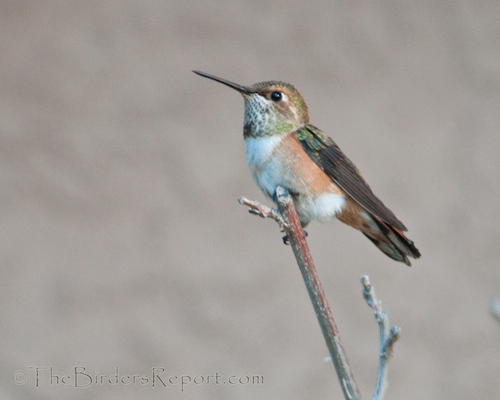 Rufous Hummingbird (Selasphorus rufus) Female photos by Larry Jordan
Rufous Hummingbird (Selasphorus rufus) Female photos by Larry Jordan
The Rufous Hummingbirds (Selasphorus rufus) are passing through on their way South to Mexico for the winter. In the past few weeks there have been several at the feeders and feeding from the flowers blooming in the yard.
As usual hummingbird feeders are being guarded by individual birds. The female pictured above (click on photos for full sized images) is defending the same feeder that was guarded by a male Anna’s Hummingbird a few weeks ago, a testimony to the superior flight abilities of the Rufous Hummingbird.
There are also juvenile rufous vying for a spot at this feeder which I believe may be the offspring of this female. Why do I say that? I have witnessed behavior that I have never seen before. You can read about the behavior that led up to this incident in my 10000 Birds post “Rufous Hummingbirds Are Heading South for the Winter.”
It appeared that the adult female was teaching the juveniles to feed on nectar from the flowers. She would gently chase them away from the hummingbird feeder but allow them to feed on the sunflowers and Autumn Sage nearby. Then, while the adult was chasing off another intruder, one of the juvenile Rufous Hummingbirds gained a spot at the feeder.
If you have ever watched hummingbirds vying for a place at a feeder, you have probably seen an individual come into the feeder and hover above one of the birds that are feeding and tap them on the back with their feet trying to get their spot. That’s what the adult Rufous Hummingbird did here, but the juvenile didn’t fly away. It stood its ground! The following series of photos show the incident that ensued.
The adult female came in to chase the juvenile off the feeder. She is positioned here on top of the juvenile, pinning its wing down, apparently at this point keeping it from flying off.
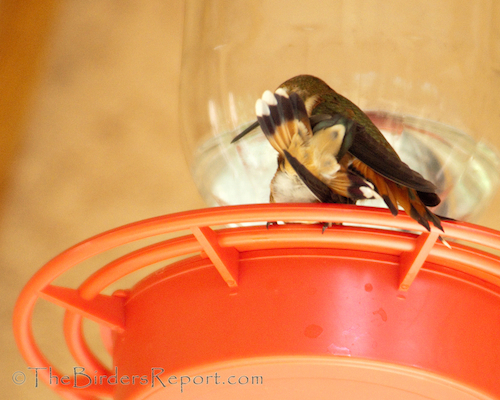
Then she moves to a more dominant position on top of the juvenile…
as the juvenile tries to escape.
Then she just holds the juvenile there for a moment, motionless.
The entire event lasted a full minute as the adult female appeared to be instructing her offspring in the finer points of hummingbird dominance and how to stay out of trouble at a hummingbird feeder.
I was genuinely concerned for the juvenile’s safety after this skirmish but it flew off and came back to a position on a sunflower only a few feet from the adult, no worse for wear.
The adult must be the Mom. Don’t you think?
For more great bird photo fun, check out Anni’s Bird D’pot and Stewart’s Wild Bird Wednesday!

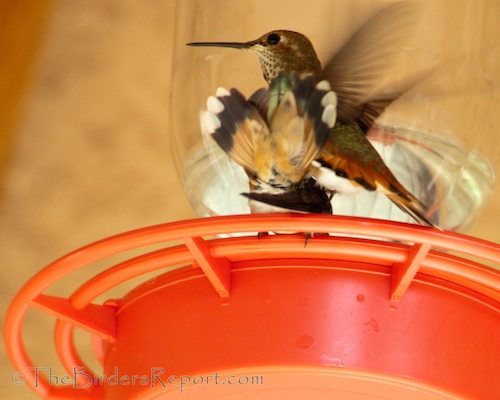
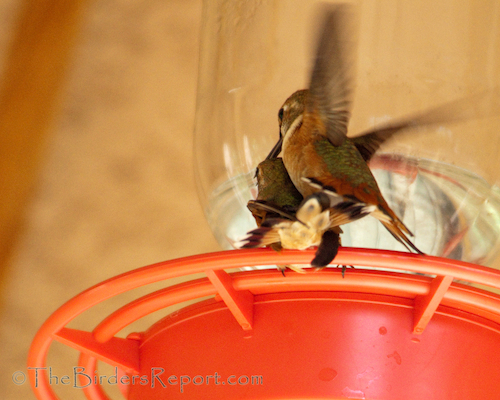
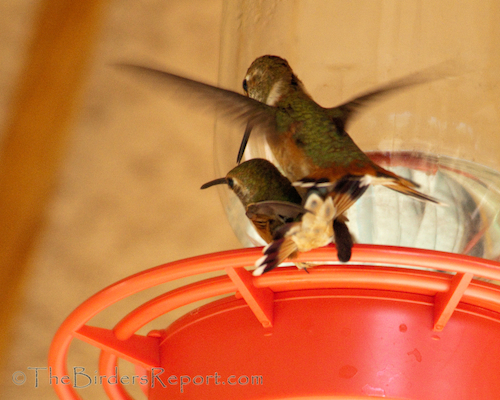
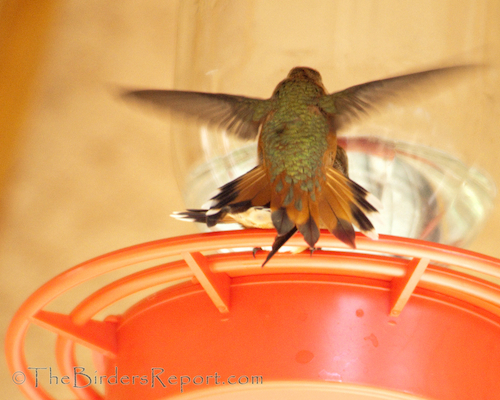
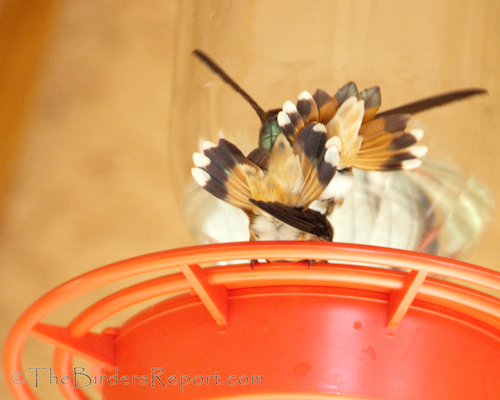
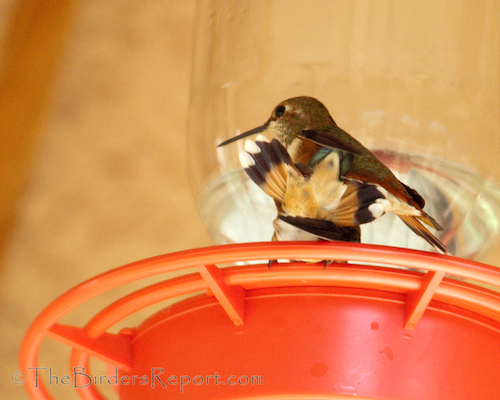
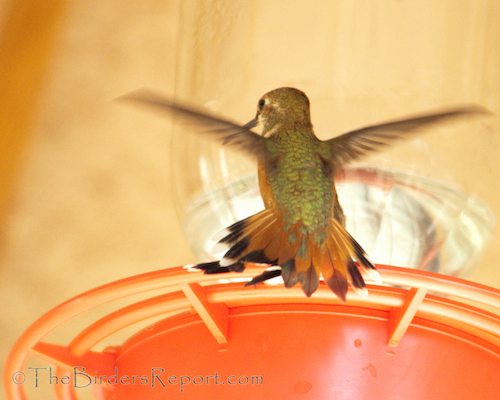
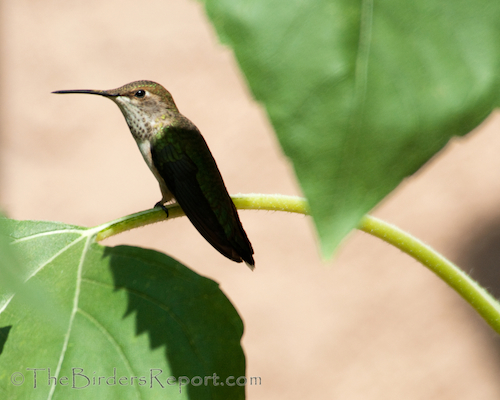
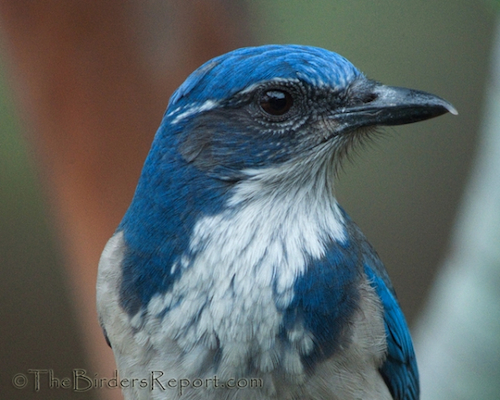
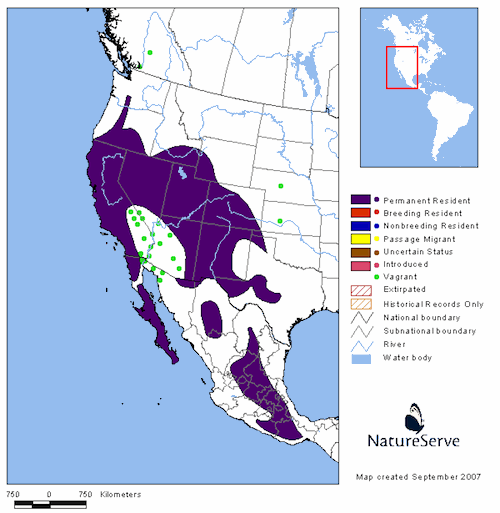
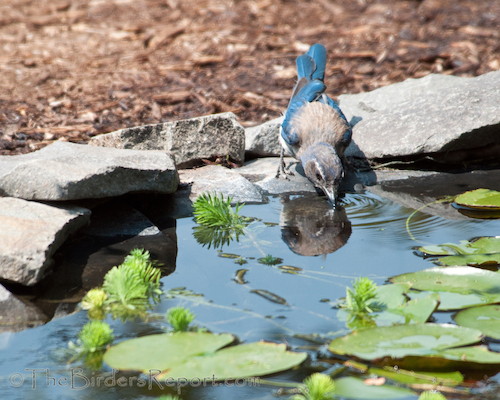
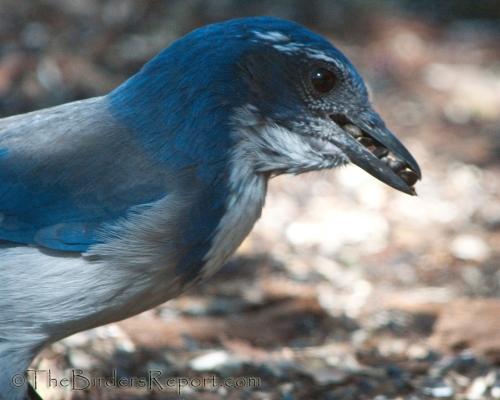
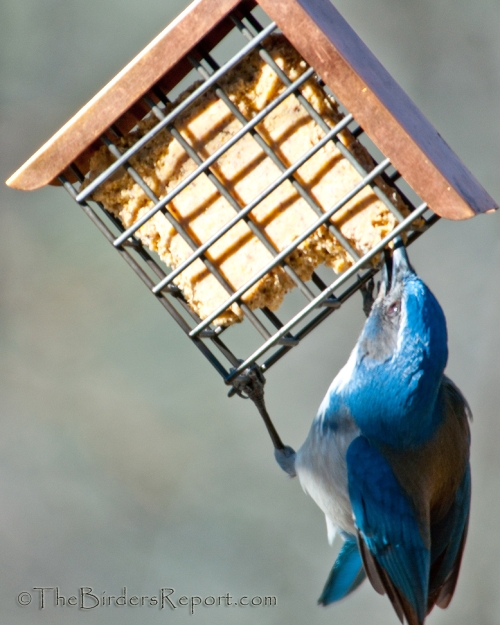
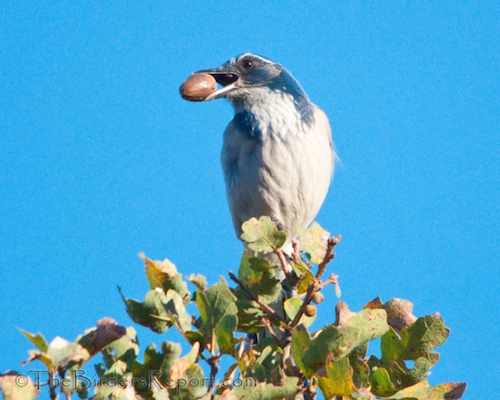
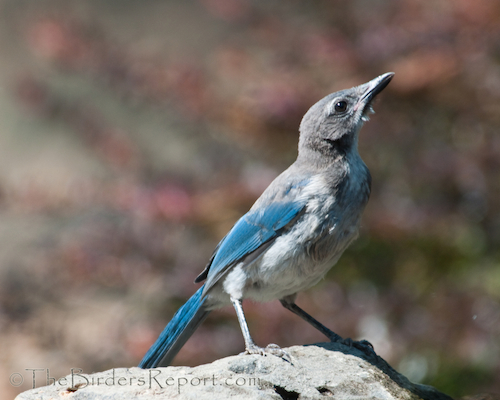
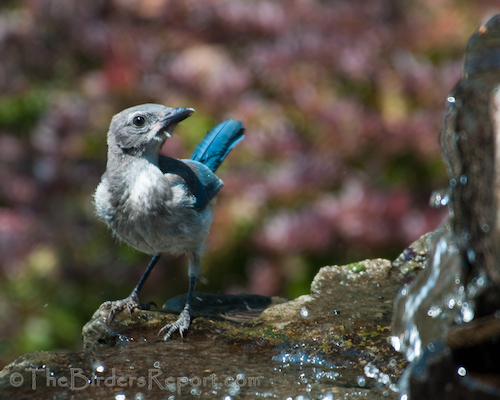
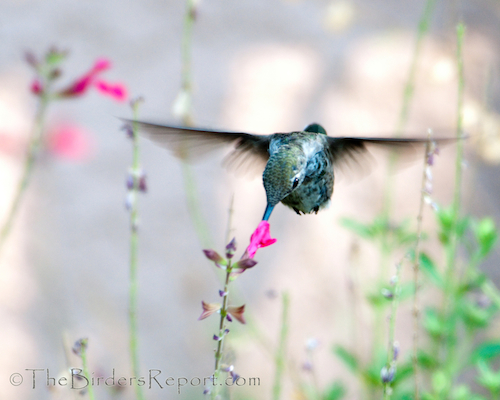
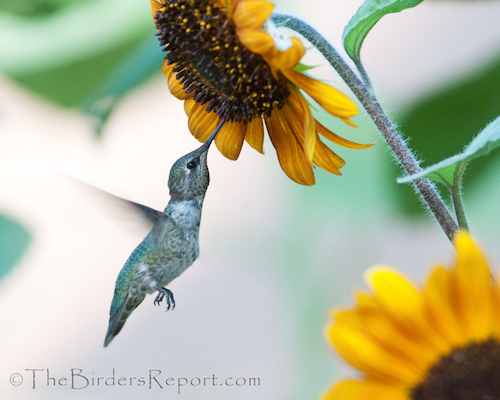
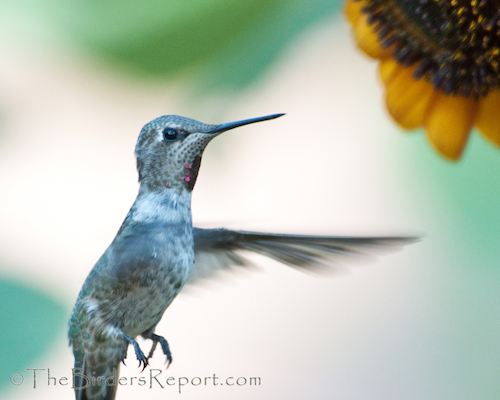
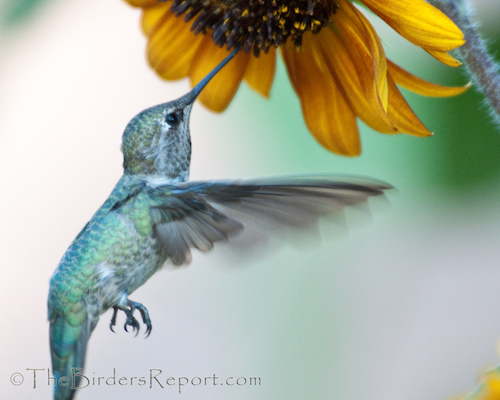
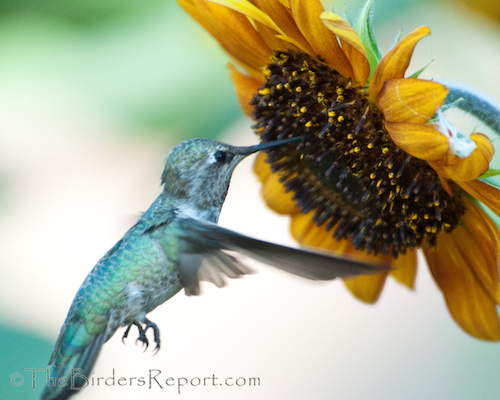
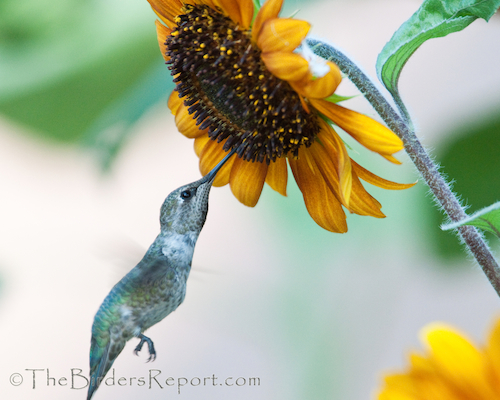
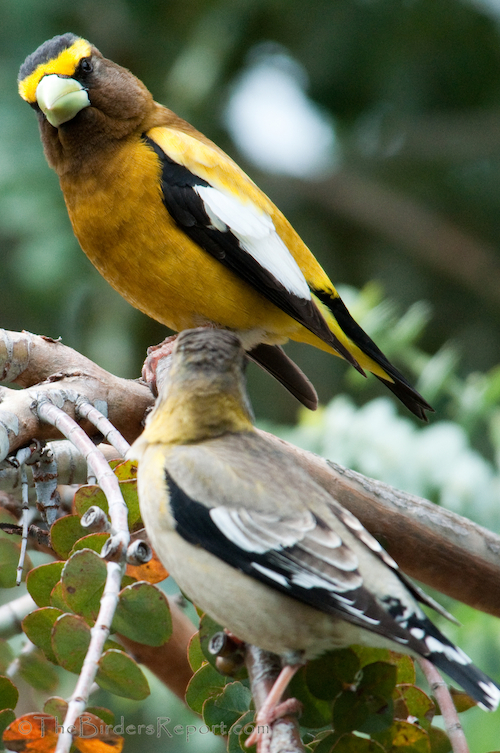
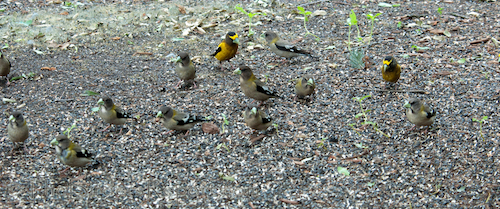
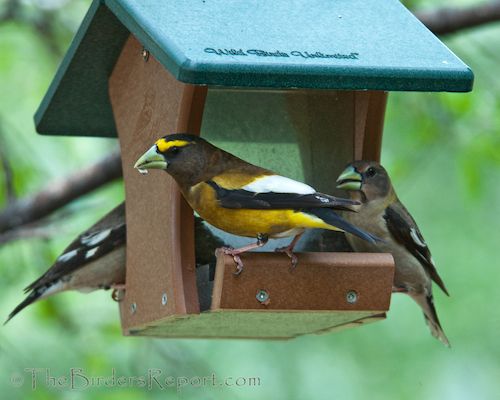
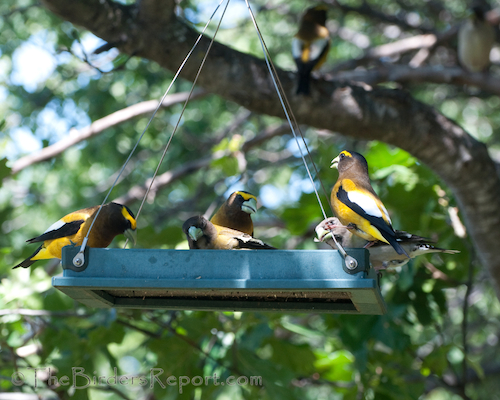
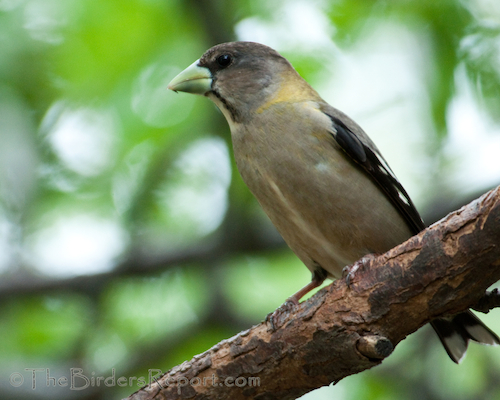
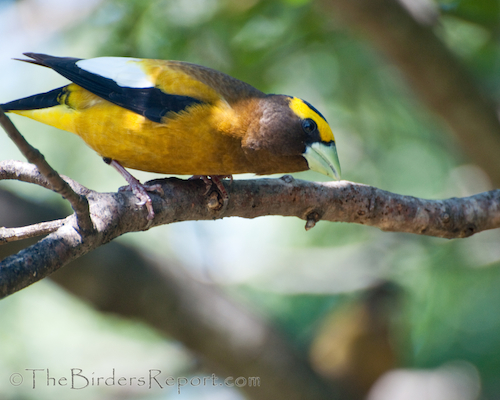
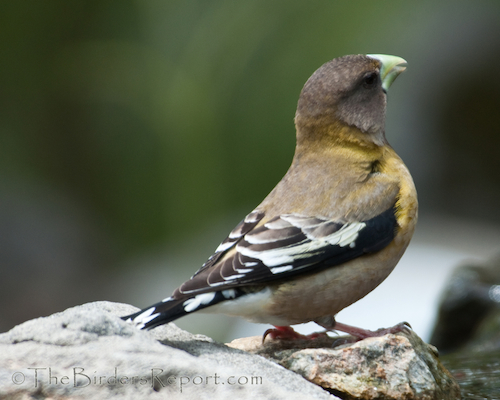
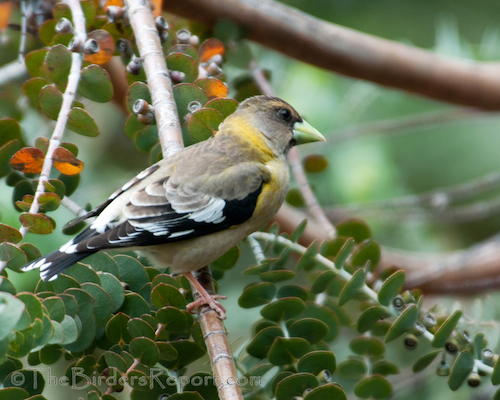
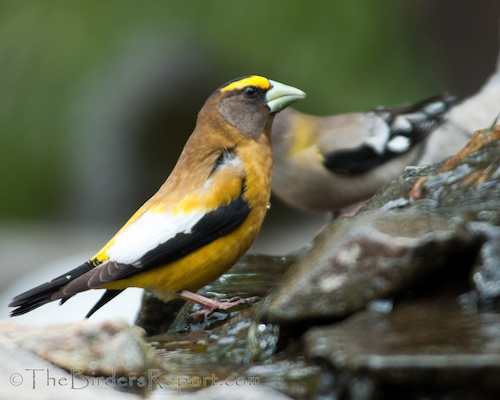
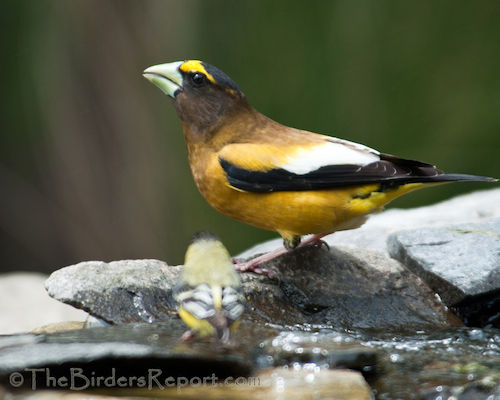
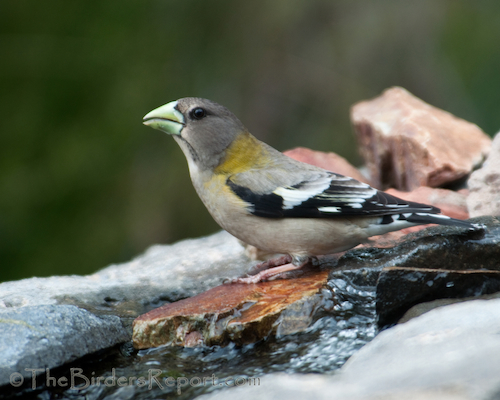
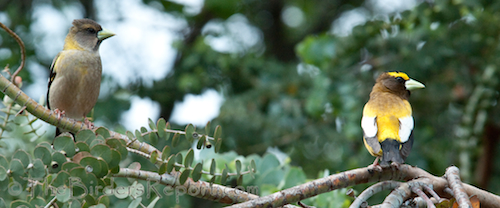



Social Media Connect